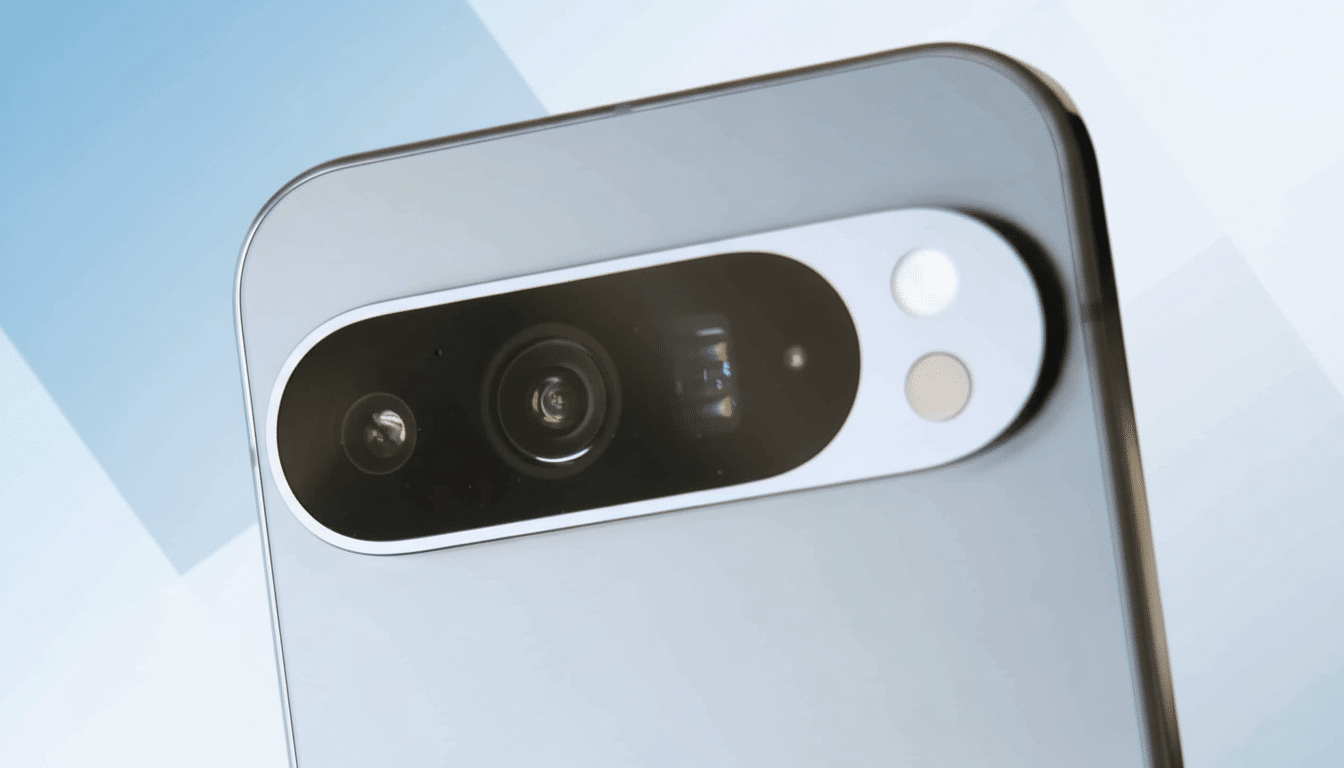Google’s latest Pixel Camera release is closing the door on completely de-Googled phones. The app’s version 10 series now depends on Google Play Services to operate — that dependency has caused crashes and failures to start for users running GrapheneOS or other related privacy-first Android forks that remove Google’s proprietary framework.
What Changed With Pixel Camera 10 and Why It Breaks
According to reports in the Kuketz Blog and various community threads, Pixel Camera 10.x will now verify Play Services on startup. The app tends to force-close once you see the splash screen on devices that don’t have it. This moves Pixel Camera from “permissive” (where it could sometimes function at reduced capacity without certain Google components) to a hard dependency that outright prevents use on stripped builds.

Multiple users testing on Pixel 6, Pixel 7, and newer devices with GrapheneOS report the same: version 10 doesn’t work without Google’s services. Users of GrapheneOS who sideload Google Play (a supported but non-privileged installation option in the project) and only use it in a sandbox environment have found no issues, which implies that the app merely utilizes Play Services APIs rather than invasive system integration.
Who Is Affected and Why This Change Matters
First affected are those ultra-privacy-conscious users who run Pixel hardware without Google’s blobs. That includes users of GrapheneOS who refuse Play Services entirely, as well as some CalyxOS and LineageOS installs sans Google apps.
For these users, the default camera experience — quite possibly Pixel phones’ headline feature at this point — is all but inaccessible in the latest release.
That’s significant because the Pixel’s computational photography has long been a top reason people purchase Google’s phones. Computational imaging is a key differentiator… Recent analyses from the likes of IDC and Counterpoint have put annual Pixel ship numbers around 10 million or so. But the app being locked behind Play Services also puts privacy-oriented device owners between a rock and a hard place: embrace the fires of Google’s stack or sacrifice their claimed flagship camera.
Workarounds and Trade-offs for Affected Pixel Users
There are two realistic options today. Reverting to Pixel Camera version 9.9.106.773153235.19 has been confirmed by the enthusiast community as a way to regain de-Googled device functionality. Based on user reports (also see the Kuketz Blog), you may need to remove the application completely before you can install the older build using an alternative client, e.g., Aurora Store. The downside should be clear: no future features, bug fixes, or tuning reflected in version 10 and later.

The alternative is using sandboxed Google Play on GrapheneOS. The project’s documentation says that Play Services can run as a regular app without special privileges, confined within Android’s basic app sandbox and even on a separate user profile if desired. According to users on Reddit, Pixel Camera 10.x fires right up and operates as it should when all is said and done. The compromise is more philosophical than practical — you give up the hope of a Google-free device in return for full functionality.
Why Pixel Camera Now Requires Google Play Services
Google has not explained its reasons in detail publicly, but the decision is consistent with broader trends. Many first-party apps use Play Services for crash analytics, remote config flags, feature rollouts, and fetching machine-learning model parts. Pixel Camera also connects to additional modular bits, such as Pixel Camera Services, which are dispersed throughout Google’s app ecosystem. Having those hooks centralized via Play Services also streamlines Google’s update pipeline and quality controls.
From a DevOps perspective, the dependency can lead to less fragmentation: one service layer, consistent APIs, predictable behavior. From a user’s perspective — especially as I run privacy ROMs — it takes away my ability to use a first-party camera without the rest of the Google stack. That tension of design is the essence of today’s backlash.
The Larger Implications of Privacy-Based Android
GrapheneOS has been growing its own open-source Camera app and image pipeline, but reproducing closed-source Google HDR, Night Sight, and computational portrait algorithms is quite a challenge without access to closed-source models and tuning. The project has focused on offering choice for users by providing sandboxed Play for those who need the compatibility, while ensuring that a fully de-Googled approach still remains possible.
We have yet to discover if Google will provide a graceful fallback for non-GMS devices. For now, users have the choice of opting into an older Pixel Camera build, upgrading Play to be sandboxed, or switching to non-Google camera applications that use Camera2 and sometimes also CameraX — albeit with fewer computational photography features.
What to Watch Next for Privacy-Focused Pixel Users
Watch for responses as — or if — the workaround appears, from GrapheneOS statements on the matter, further independent confirmations, and any comments from Google. If there is enough of an outcry from the community, Google may allow for a non-GMS fallback path once again. Otherwise, you can anticipate other first-party Pixel experiences will be inclined to rely on Play Services as a gatekeeper, which would further delineate the trade space between top-tier features and a Google-free phone.

